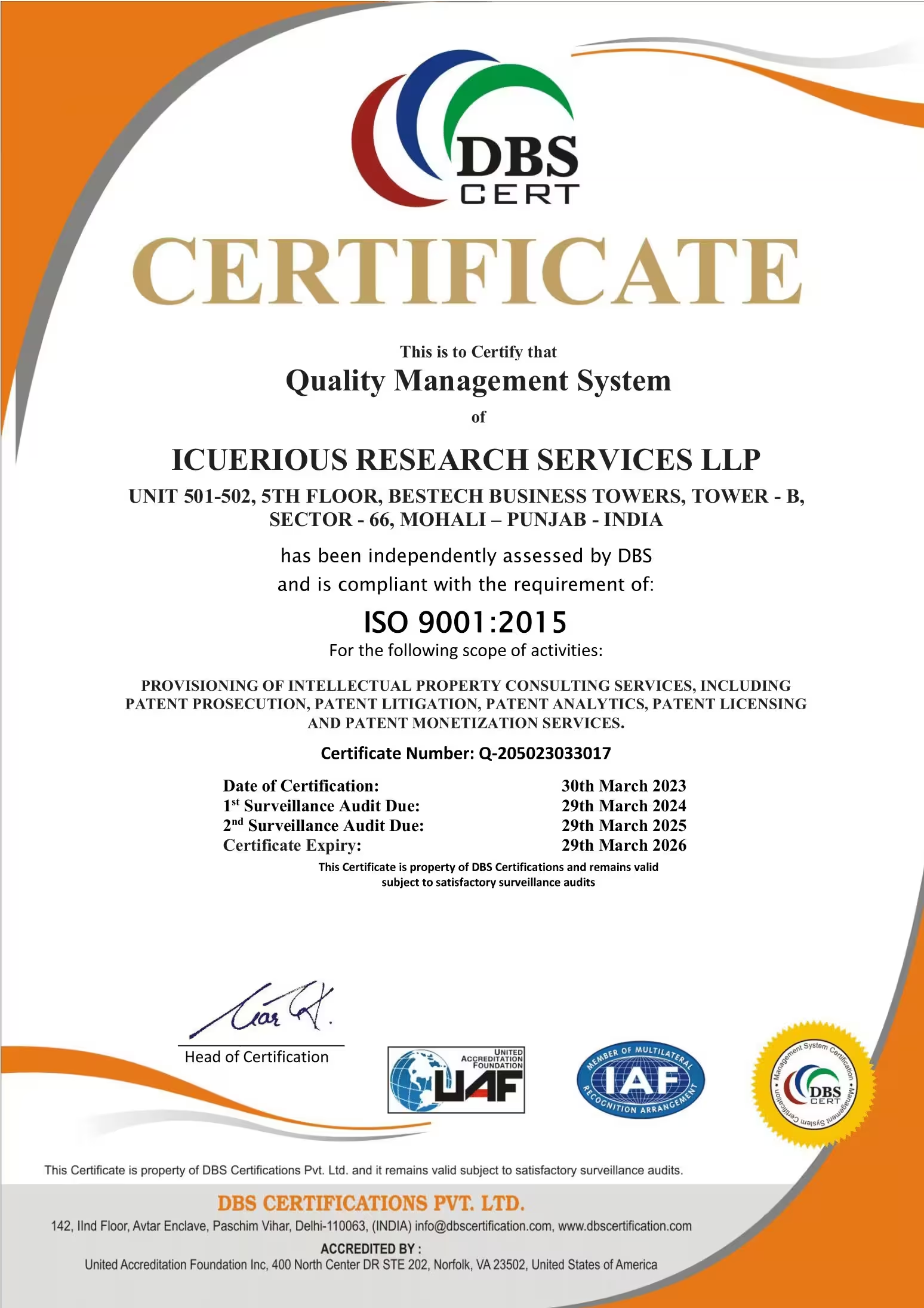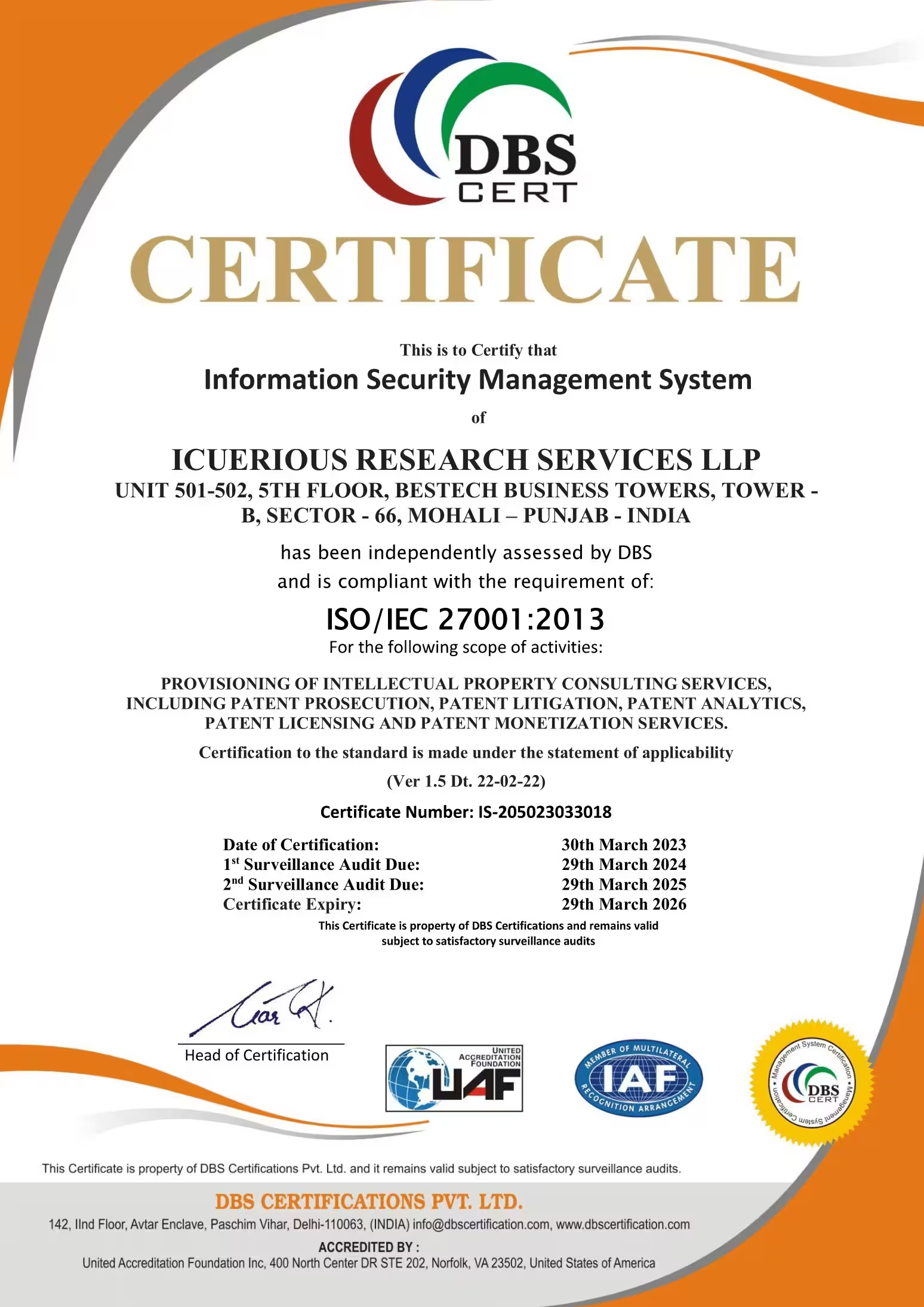Lithium material, a century ago discovery by Swedish scientists (i.e. JohanAugust Arfwedson and Jöns Jacob Berzelius) in the year 1817 has been ruling the battery industry for years. But the scientists who are given the credit for the first commercially available Lithium battery are Stanley Whittingham, John Goodenough, Akira Yoshino. These scientists have been awarded Nobel prize for the year 2019 for their exceptional contribution to the development of Lithium-Ion Batteries. With the major involvement of Li-Ion batteries in the automobile industry, the market accomplished exceptional achievements. But some of the drawbacks of Li-Ion batteries have created obstacles for the automobile industries to gain the full trust of their customers. So, iCuerious conducted a Technology Landscape Study on Lithium-Ion Battery Separators to eradicate the pitfalls faced by Li-Ion battery manufacturers. A worldwide patent search was conducted and the results were manually categorized. We analyzed around 6000 patents out of which 2134 patents were considered for categorization.
Our Report Comprises
- IP Filing Trend
- Technology Area Patent Distribution
- Innovation Countries
- Market Countries
- Major Players
- Major Universities
- Major Inventors
- Technology Breakdown
- Assignee Breakdown
- Market Outline
We have categorized the patents in standardized taxonomy based on:
- Materials for Separators
- Problem solved/improvements
- Attributes of Separators
- Application Areas
Complete Taxonomy:
Few of the insights that are generated from our Technology Landscape Study:
- IP filing trend increased exponentially from the year 2009 and reached three times in the year 2013. Justification for this incremental filing could be either because of US Govt. involvement in the promotion of EV cars with a $14.4 billion grant bill or many strategic collaborations of Tesla with battery manufacturers such as Panasonic and Toyota.
- Japan, China, South Korea, and the USA covers around 80% of the Lithium-Ion Separator market and around 94% of innovations are occurring in these jurisdictions only.
- Players such as Samsung, LG, Toyota Motor and Mitsubishi have emerged as the top players in this domain with major application areas in consumer electronics and electric vehicles. Industries have dominated the market with the highest number of filings in comparison with universities and other research institutions.
- We observed that the choice of materials for LFP based separator are poly-ethylene, poly-propylene, and for porous layer are inorganic materials, poly-ethylene and poly-propylene.
- Samsung seems to be addressing major issues in separator including thermal shrinkage of a separator, stability of battery and adhesive strength. For thermal shrinkage, the preferred choice of material are Polyvinyl Fluoride Resin, Poly-ethylene Polymer and Inorganic for Porous Layer.
- LG seems to be addressing the major problem in separator including Battery Performance, Ion Permeability of Separator and Mechanical Strength Of Separator. For Battery Performance, the preferred choice of material are Inorganic, Poly-olefin, Poly-ethylene and Poly-propylene Polymer for Porous Layer.
- TEIJIN seems to be addressing the major problem in separator including Thermal Shrinkage. For Thermal shrinkage of separator, the preferred choice of material are Poly-olefin Polymer and Inorganic for Porous Layer.
- Toyota seems to be addressing the major problem in separator including Thermal Shrinkage and short circuit. For Thermal shrinkage of separator, the preferred choice of material is Inorganic for Porous Layer and separator.
- Mitsubishi seems to be addressing the major problem in separator including Thermal Shrinkage and Mechanical Strength of separator. For Thermal shrinkage of separator, the preferred choice of material are fabrics and fibers for separator and fibers and ceramics for porous layer.
- Some of the patents also disclosed chelating agents and urethane-based compounds as a material of the separator or porous layer.
- Market activities started to boost up with various collaborations and investments. In 2009, Tesla collaborated with Panasonic in which Panasonic will supply lithium-ion battery cells to Tesla Motors for its electric vehicles. Panasonic also invested $30 million in Tesla. In 2016 these two players deepened their relationship by extending the partnership and allowing Panasonic to invest up to $1.6 billion in the Gigafactory project that Tesla initiated two years earlier.
- Well, Tesla which was not the only one who looked future in the EV industry, other players such as BMW who signed a deal in 2012 to collaborate with Toyota on a sports cars and EV technology.
- The same year, IBM also teamed with American Honda Motor Co., Inc. and Pacific Gas and Electric Company (PG&E) on a new pilot project that will allow communication between electric vehicles (EVs) and the power grid.
Government involvement and increasing innovations have led to the rapid evolution of the Electric Vehicle and Lithium-Ion battery industry. So, our report helps to deeply analyze the technology trend and understand how industries can overcome the fear of their customers towards acceptance of Lithium-Ion Batteries because of their safety issues and life span.

